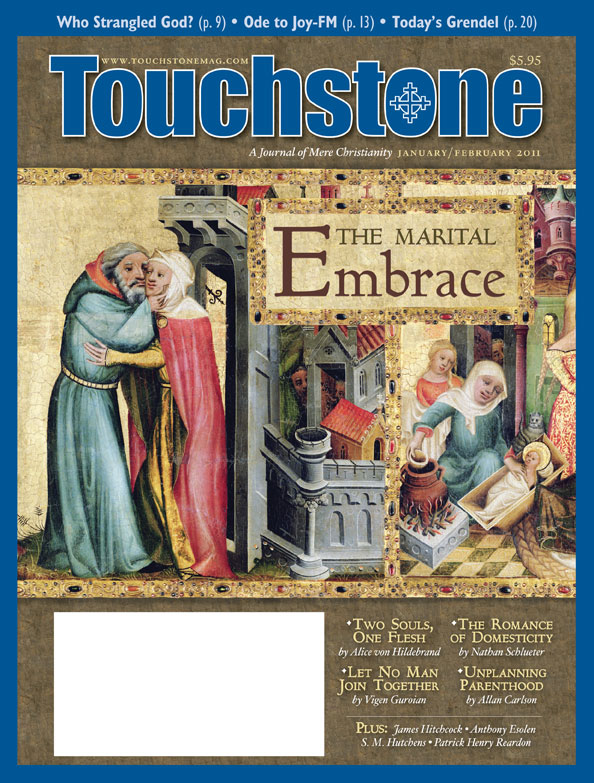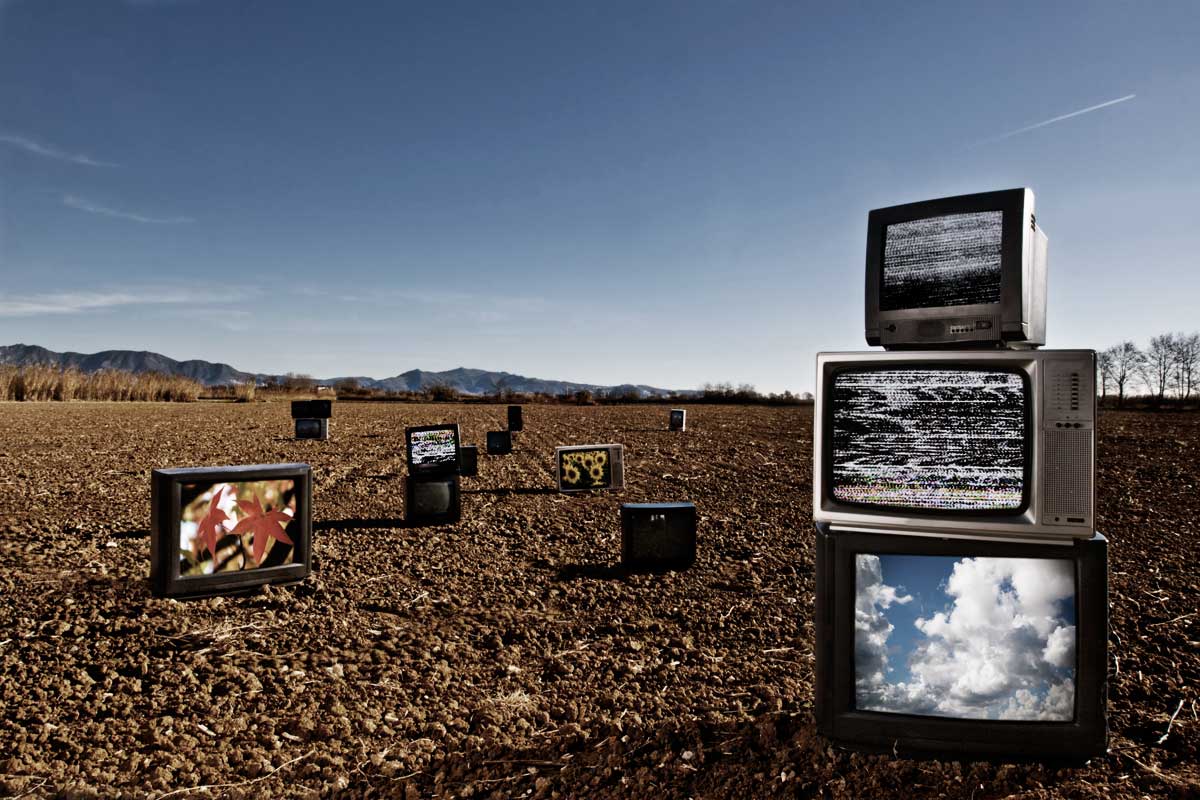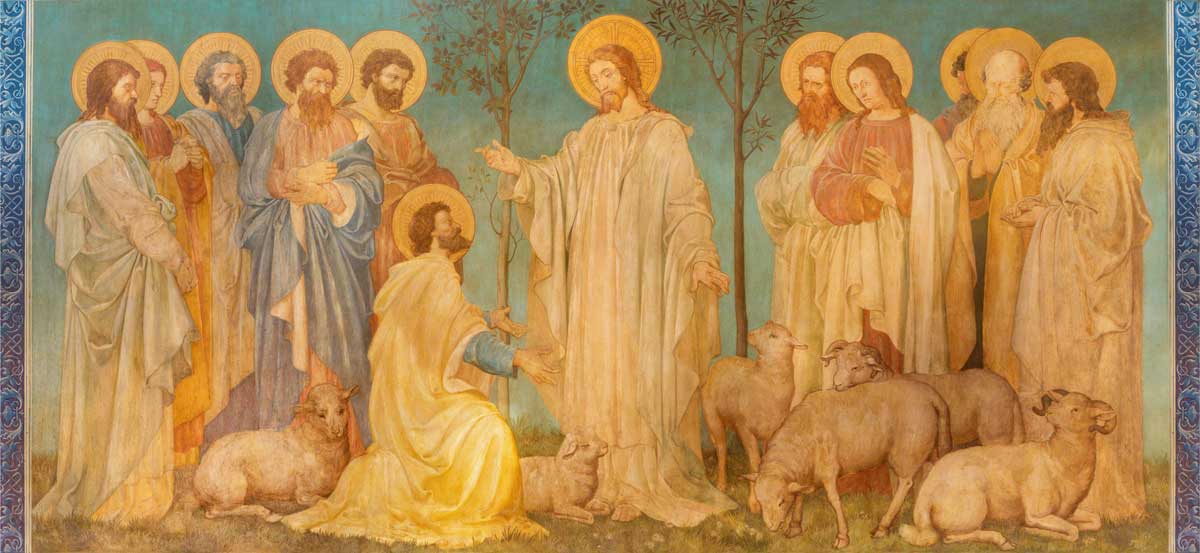Primary Intelligence
When Touchstone editor Jim Kushiner recently came to visit my husband, he was reminded that I have an extensive library of children’s books. He told me that Touchstone readers include many families and that articles about children’s books are popular. Maybe I would consider writing an occasional column?
Although I have been collecting children’s books for almost fifty years, I am not an expert. Most of what I know I have learned from the people who come to use my library: the children and their parents (mostly moms). I have listened and observed and have come to know a few things. Since my husband, Phillip Johnson, is considered by many “the father of the intelligent design (ID) movement,” it seems appropriate to begin with a column on books that have an intelligent design perspective in some sense.
Natural Mechanisms Galore
The first, and perhaps most useful, book to mention is a seemingly simple picture book that contains a major lesson in philosophy. William Steig’s Yellow and Pink is a small masterpiece about two newly created and painted wooden men who begin to wonder about how they came to be. Pink is sure they must have been made by someone with a design in mind. Yellow is certain they came about by chance, even if it took a very long time to allow for all the chance events that would be needed. They never resolve the argument, which ends when their maker comes to pick them up.
Another book I like is The Robot Zoo, by John Kelly. The subtitle is A Mechanical Guide to the Way Animals Work, and the illustrations are wonderfully detailed. The book was not intentionally written from an ID perspective, for the author declares in the introduction that “Nature is a master engineer and has designed every animal to be specially suited to its surroundings. You’d have thought that each animal was a carefully planned machine, because every one is specifically adapted to its individual lifestyle” (emphasis mine). However, the child who studies these pictures has got to wonder how such amazing adaptations came to be, if not from an intelligent designer.
A book for the slightly older child, but still with lots of pictures, is Nature Got There First, by Phil Gates. As its subtitle says, this book highlights many Inventions Inspired by Nature and offers a fascinating look at designs in nature that have been copied by humans. The study of natural mechanisms, with the idea of using them in engineering, is becoming big science in the universities and is likely to result in more people thinking about intelligent design.
A humorous approach is taken in Alan Snow’s How Dogs (or Cats) Really Work. The pictures show all sorts of mechanisms inside the dog (or cat) that allow it to operate as it does. Silly, but fun.
Thought-Provoking Stories
Within the last year or so, two writers have sent my husband copies of their books, because they were at least partly inspired by his writing on ID. The first book, L. E. Lane’s The Mysterious Golden Seed, is aimed at young people in later elementary school or junior high. The main character, Lisa, is keen on science and wants everything to be explainable in scientific terms. When her little brother gets her to plant a golden acorn given to him by “the shining man,” she groans, but does it. When a tree seems to grow by magic, she is determined to find a naturalistic cause. Her insistence on this gets her into serious trouble.
The second book, titled School Daze, is a novel by Joel Johns. It is mainly aimed at the junior-high/high-school crowd. The main plot concerns three close high-school friends who are taking biology class together, where they are taught evolution. Various factors prompt them to do some investigating on their own, and they come up with information that is deeply threatening to their teacher and others.
Interwoven with the main plot are a number of other stories that seem, at first glance, to be disconnected. Besides the high-school students, there is a young scientist who has had an abortion, a Vietnamese who feels resentful of all Americans, and an African-American couple who lost their children in a terrible accident. The common thread connecting them is that all of these characters must confront their own assumptions and re-think what they have believed. Their stories then begin to weave together.
This is a powerful book and one that would be good for reading aloud and discussing within a family. All these books are winsome ways of getting children of various age levels to think about the wonders of nature and who is behind them.
Kathie Johnson has always had a love for children's books. She collected many as a teacher and began sharing them with other teachers. In 1986, she opened a children's library in her home, and it has continued to expand over the years. Many home-schooled and schooled children borrow books from it, and she takes great pleasure in finding the "right" book for a child. She attends First Presbyterian Church in Berkeley.
subscription options
Order
Print/Online Subscription

Get six issues (one year) of Touchstone PLUS full online access including pdf downloads for only $39.95. That's only $3.34 per month!
Order
Online Only
Subscription

Get a one-year full-access subscription to the Touchstone online archives for only $19.95. That's only $1.66 per month!
bulk subscriptions
Order Touchstone subscriptions in bulk and save $10 per sub! Each subscription includes 6 issues of Touchstone plus full online access to touchstonemag.com—including archives, videos, and pdf downloads of recent issues for only $29.95 each! Great for churches or study groups.
Transactions will be processed on a secure server.
more on childrens books from the online archives
more from the online archives
calling all readers
Please Donate
"There are magazines worth reading but few worth saving . . . Touchstone is just such a magazine."
—Alice von Hildebrand
"Here we do not concede one square millimeter of territory to falsehood, folly, contemporary sentimentality, or fashion. We speak the truth, and let God be our judge. . . . Touchstone is the one committedly Christian conservative journal."
—Anthony Esolen, Touchstone senior editor









